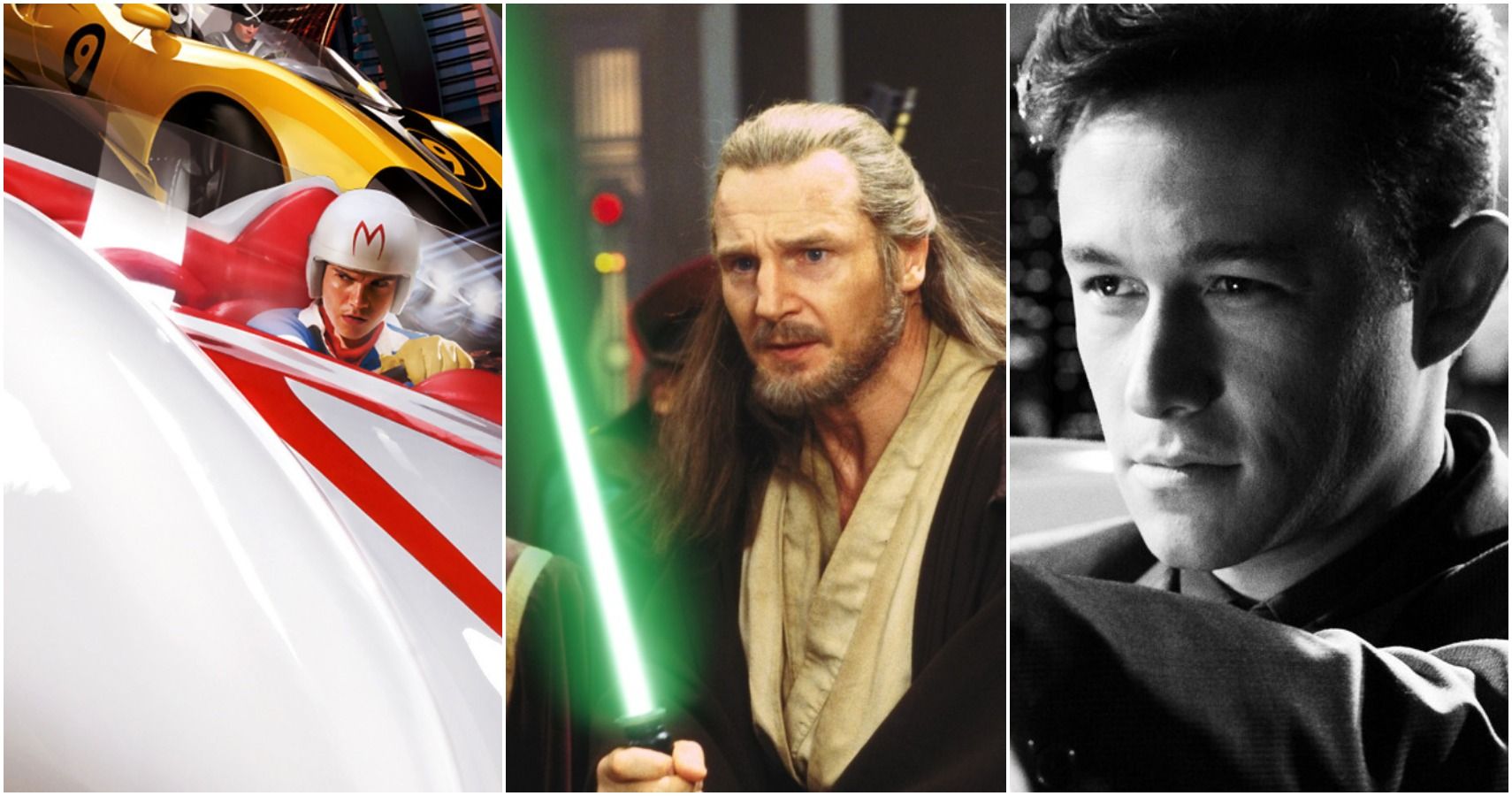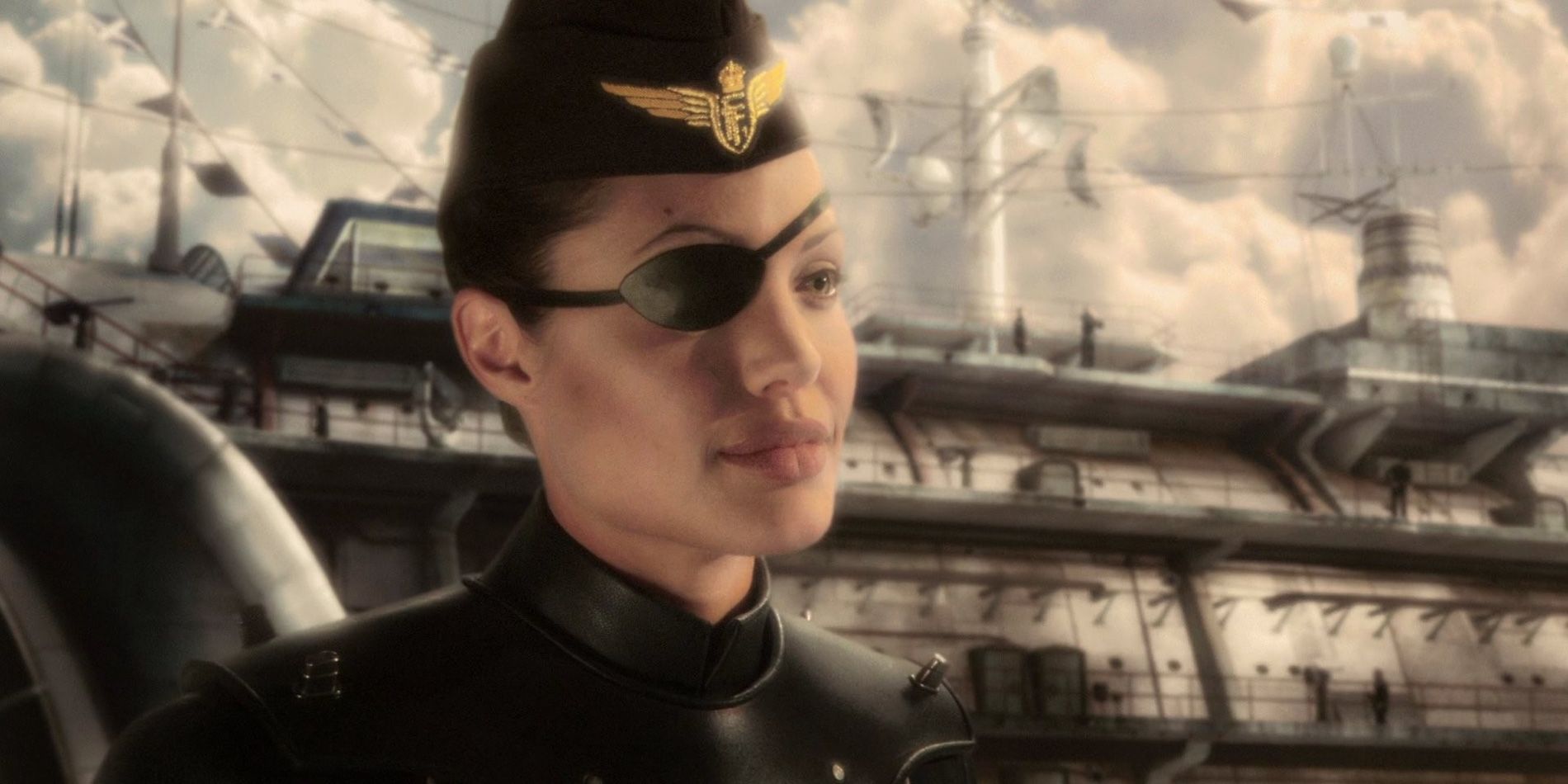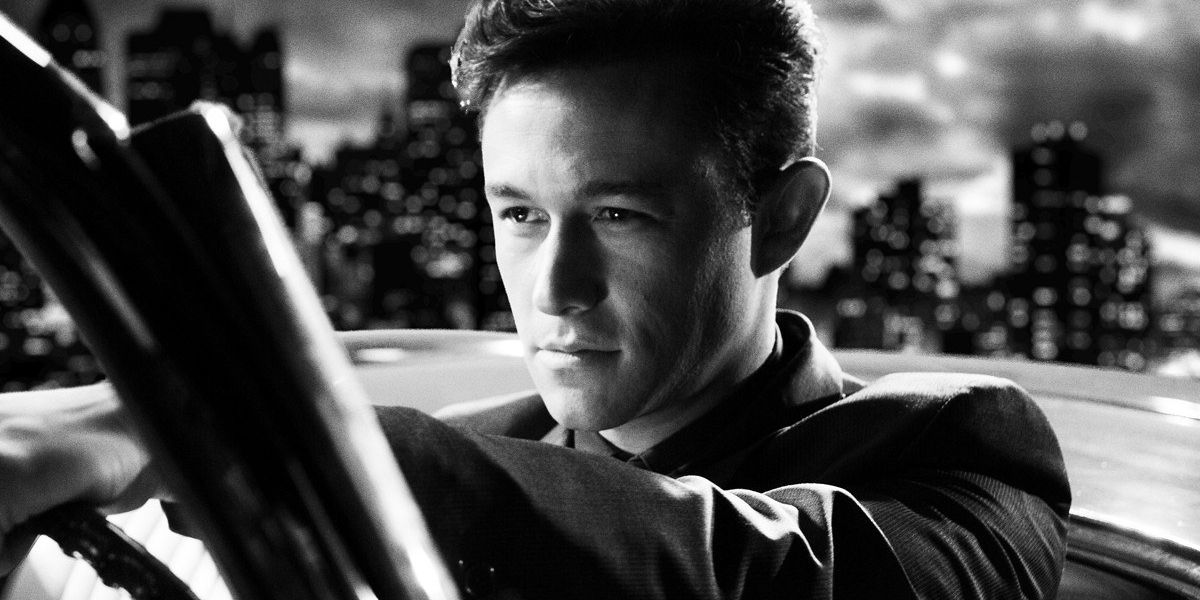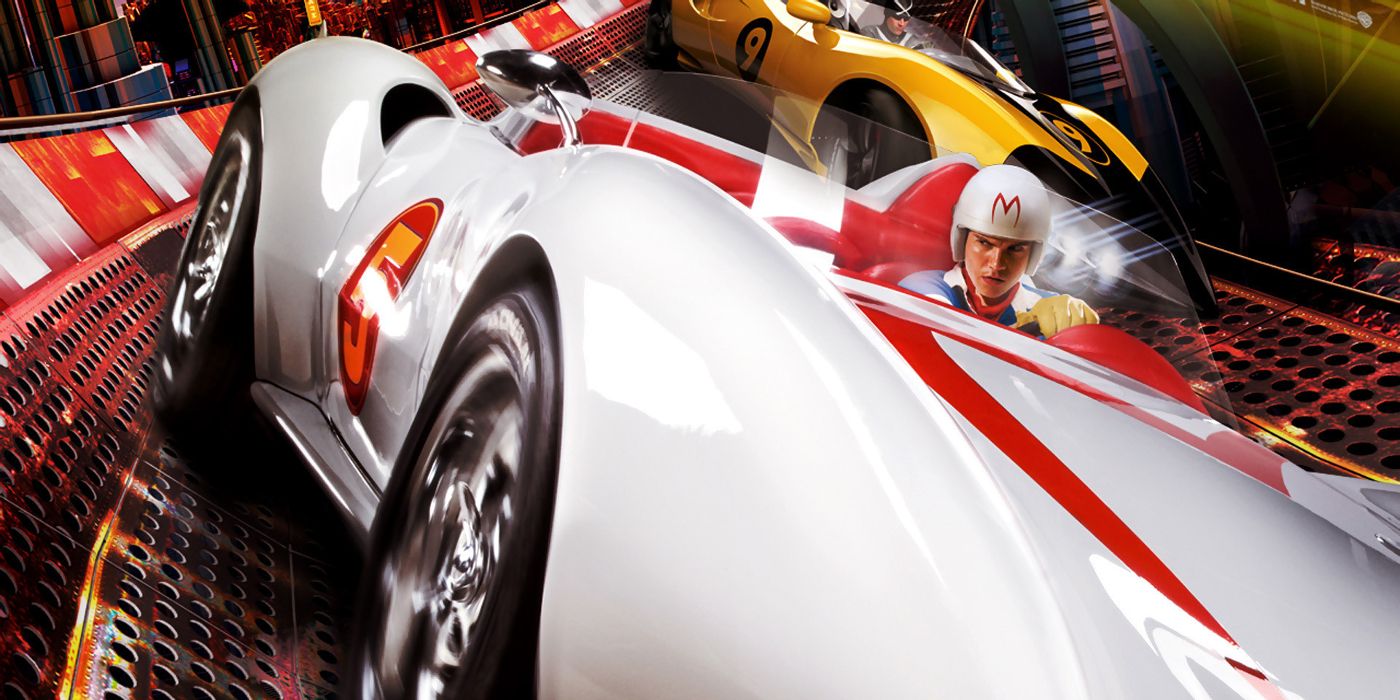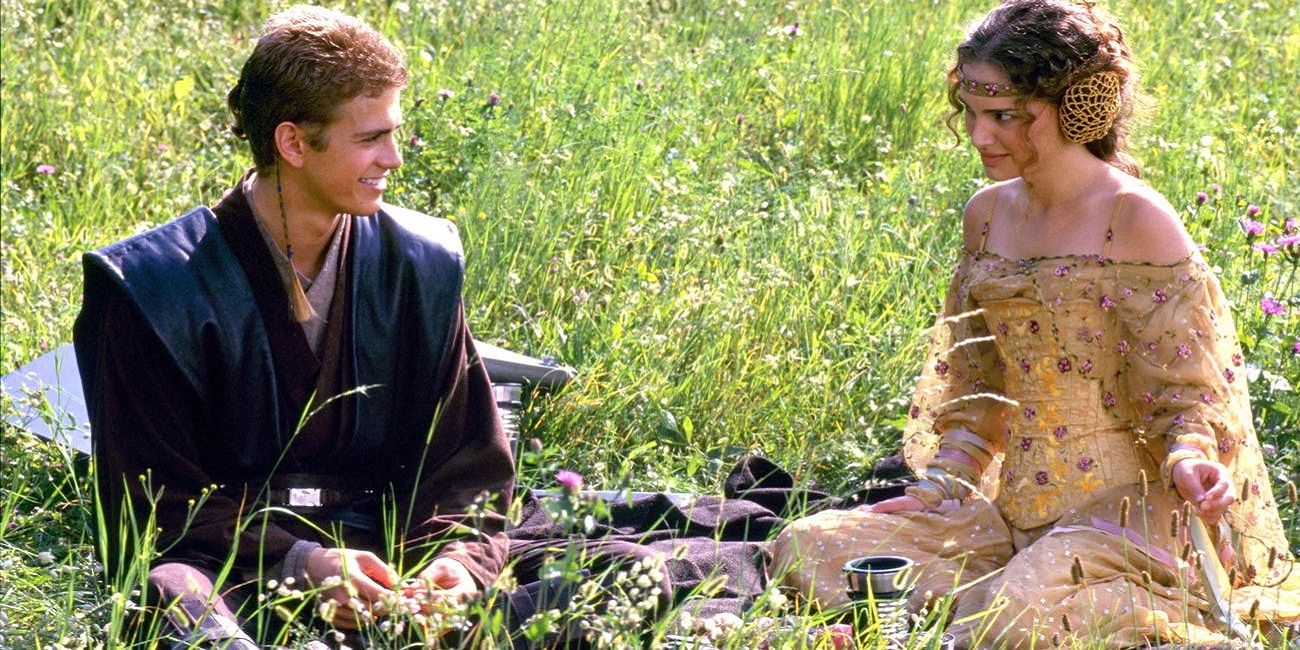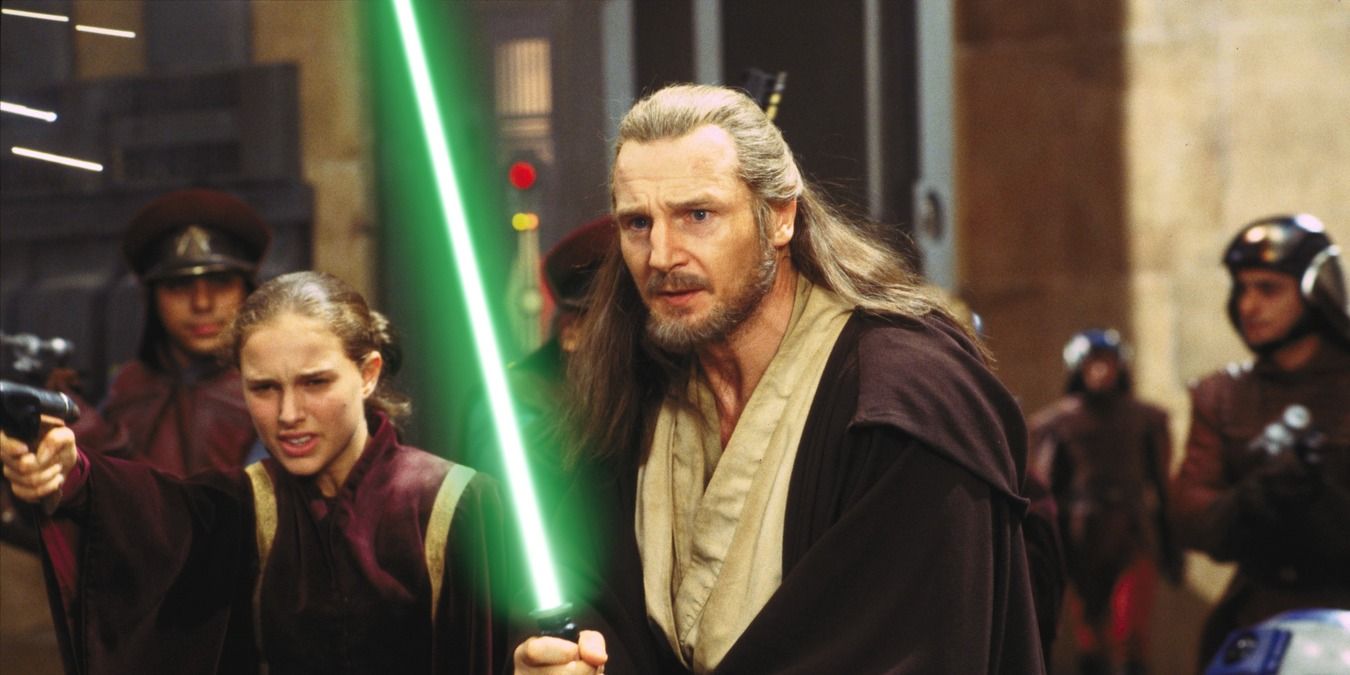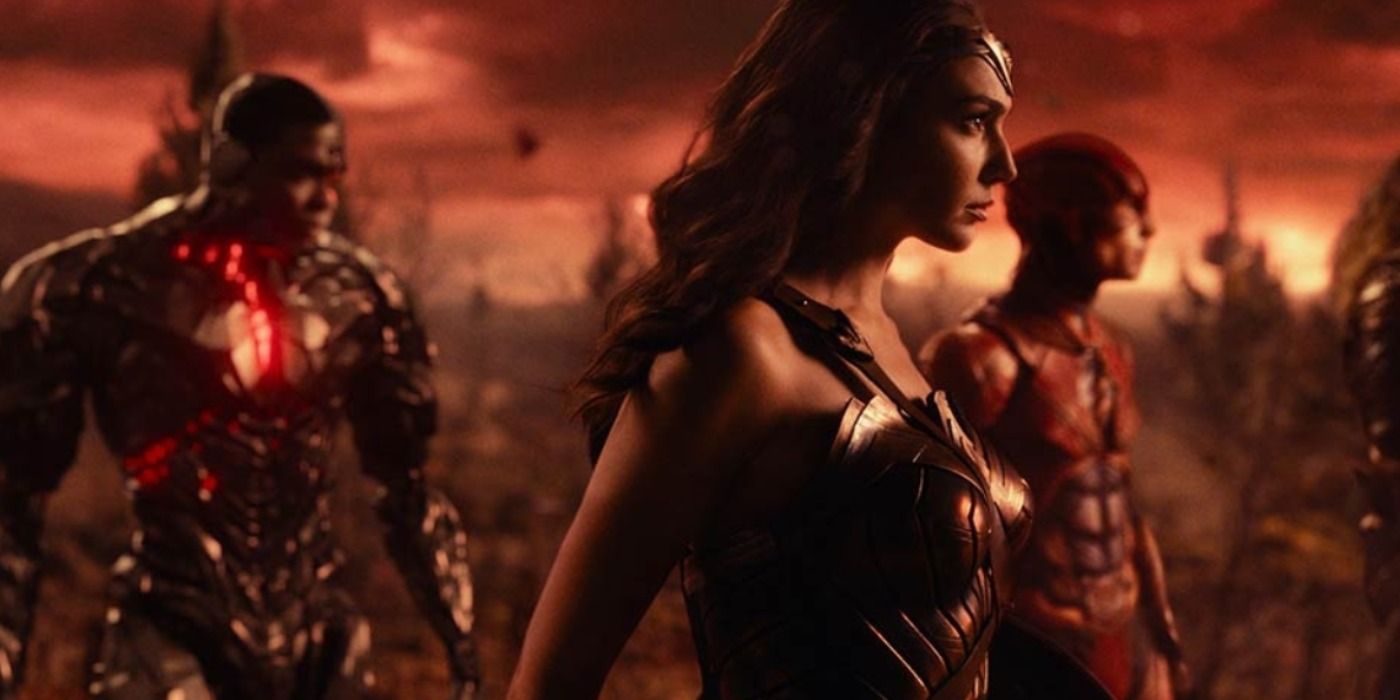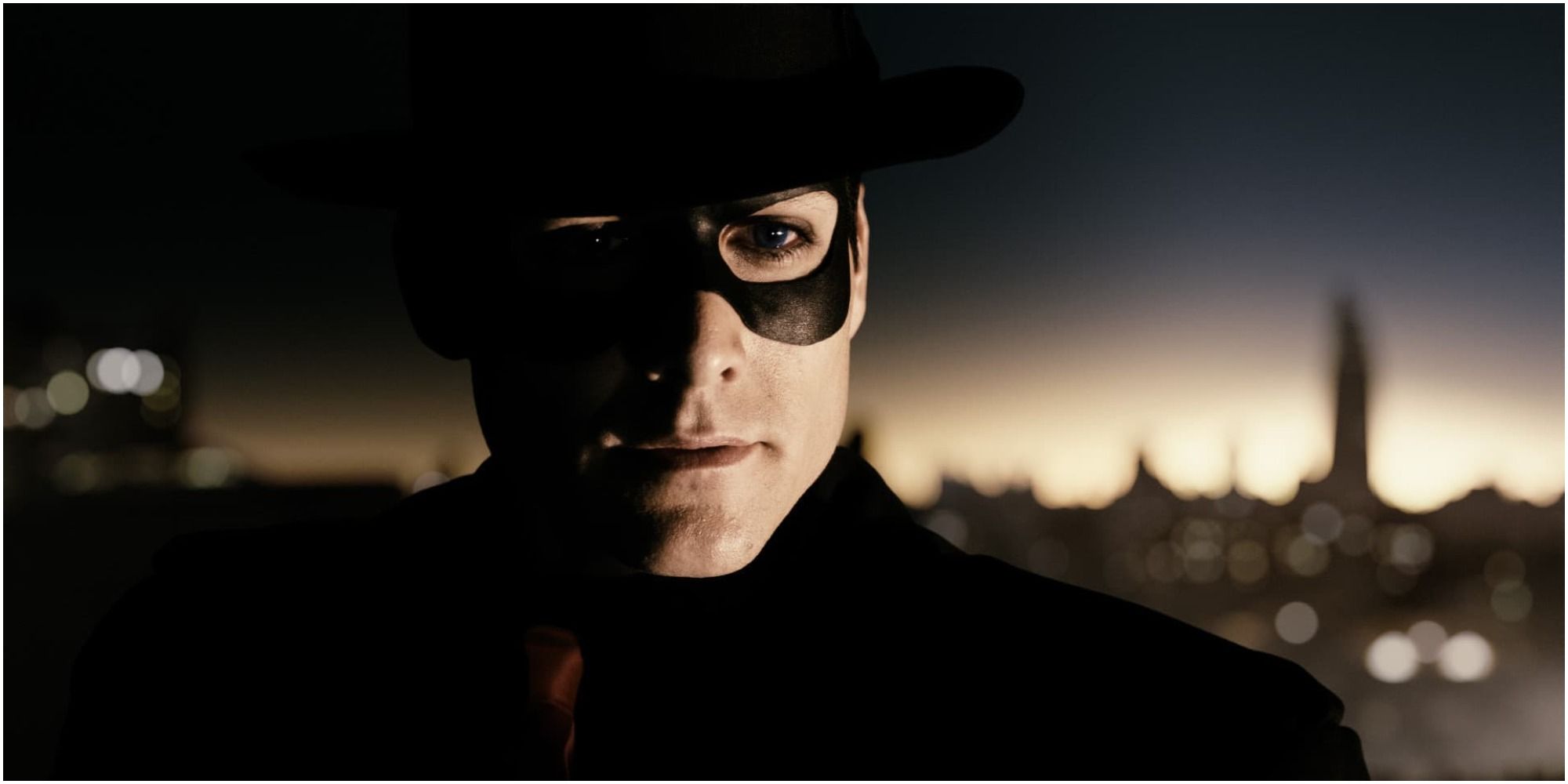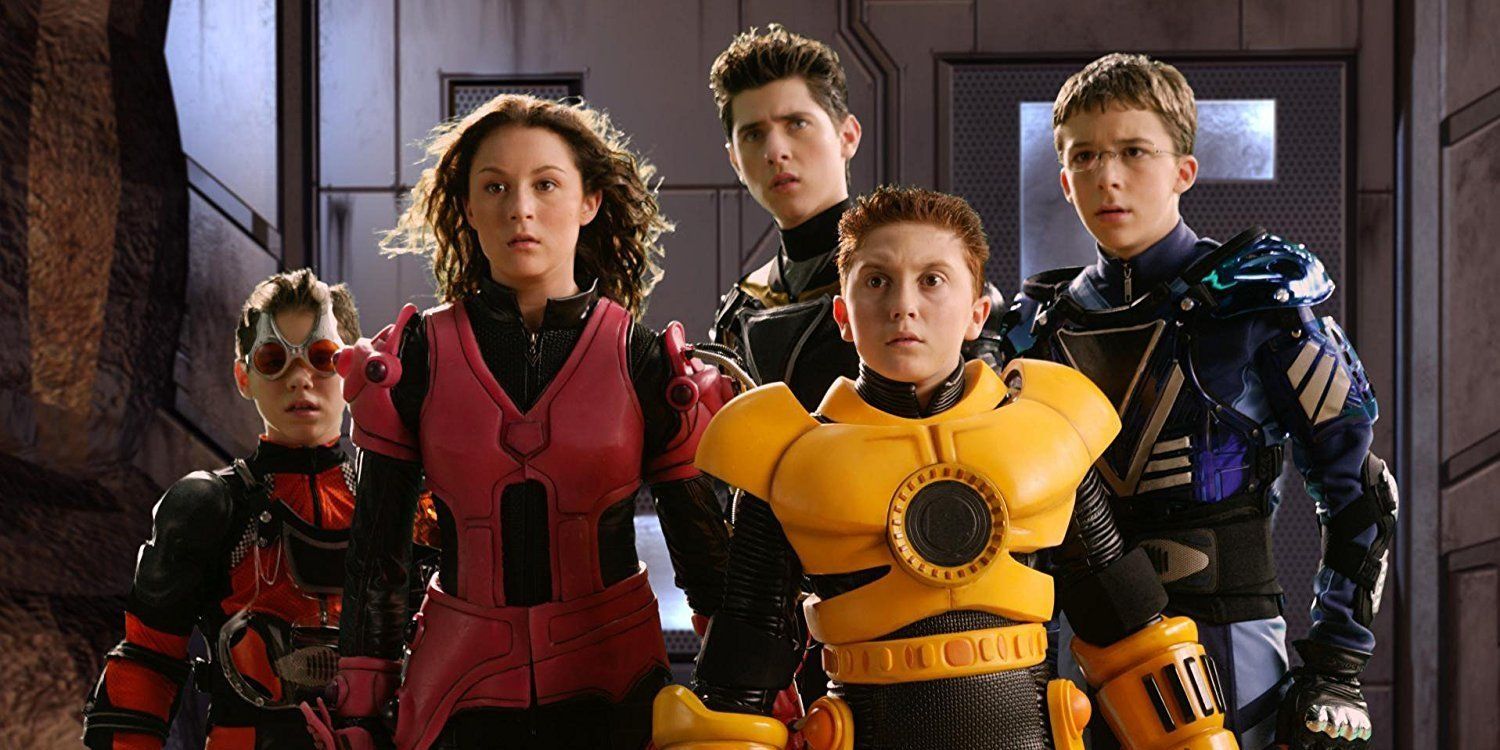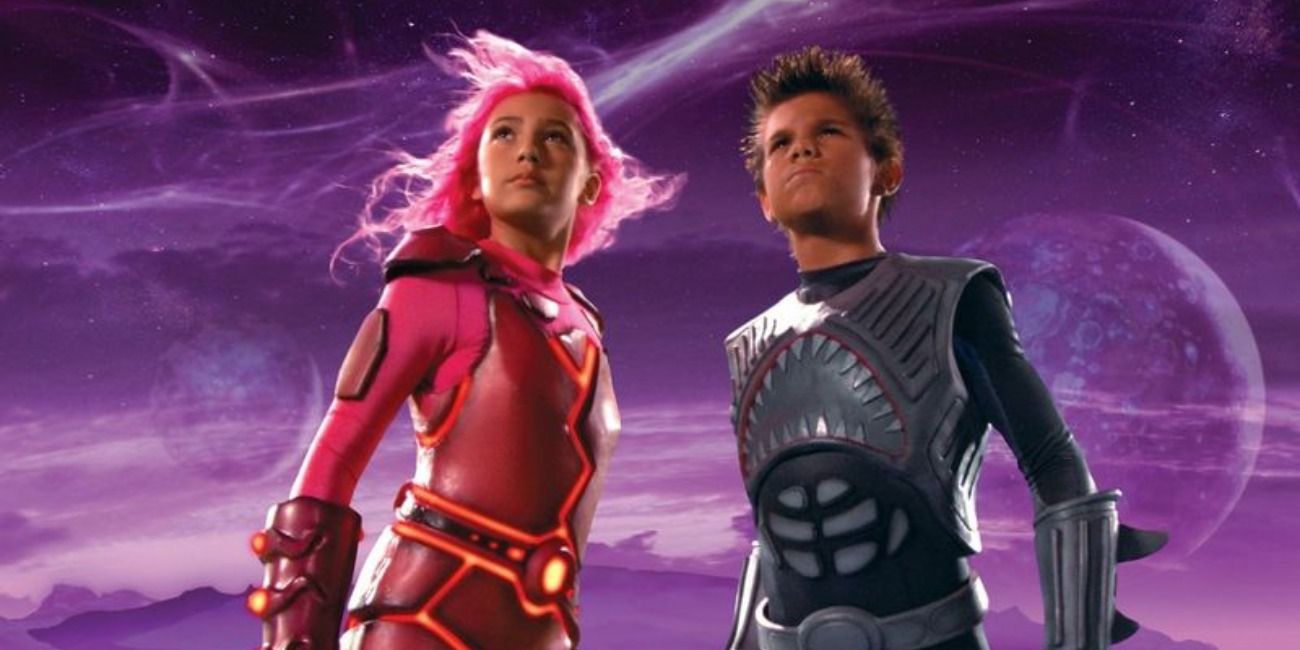Modern special effects have revolutionized the film industry and are now able to replicate anything imaginable. This removes any restrictions and creators no longer need to compromise their vision. Green screen technology is commonly used to great effect, to bring to life locations and creation that were never before possible.
The results are often flawless, and the effect blends in and is almost unnoticeable. Enhancing a film like no other technique could have. However, sometimes the results are jarring and can ruin a movie. With this in mind here are the 10 worst movies shot entirely on green screen.
Sky Captain and the World of Tomorrow
Though green screen technology was by no means a new technique when Sky Captain and the World of Tomorrow was released back in 2004, it was one of the first movies to be shot entirely on green screen with no physical sets.
This kept costs down and the film was able to be produced on a low budget. Despite this though the film doesn't look great. With hazy backgrounds and strange lighting that distracts from the film and removes any sense of realism.
Sin City: A Dame To Kill For
Some movies churn out a sequel too quickly, but in the case of Sin City: A Dame to Kill For it waited too long. Nine years passed since the original was released and when Sin City returned to theaters it flopped.
Though the effects looked just as good the sequel the gimmick had worn out its welcome. Top that all off with a lackluster story and action, the result is a film that is destined to live in the shadow of the original.
300: Rise of an Empire
300: Rise of an Empire suffers from much of the same problems as the ill-fated Sin City sequel. While the film was by no means a flop at the box-office there's no doubt that the original is superior.
Where 300 had memorable quotes and fresh stylized action its sequel failed to innovate and simply retread what its predecessor had done. Despite Eva Green's performance receiving praise the rest of the film was no so lucky and remains incidental to the original.
Speed Racer
From the visionary minds of The Wachowskis who created the Matrix trilogy, the stylized and vivid world of Speed Racer was brought to life through green screen technology. But the results leave much to be desired.
Based upon the manga and anime of the same name, the film is best viewed as a cartoon brought to life, for good or bad. Everything from the race tracks to the interiors of their home is artificial and can often be distracting.
Star Wars Episode II: Attack of the Clones
Though Star Wars: Episode II - Attack of the Clones utilizing practical sets, the majority of the film was filmed on a green screen. This technology allowed for the universe of Star Wars to be brought to life in a way that would have been impossible using traditional techniques.
The final film is a mixed bag, with many locations appearing artificial and inferior to the original trilogy despite decades between their release.
Star Wars Episode I: The Phantom Menace
It has to be said that Star Wars: Episode I - The Phantom Menace pioneered many of the green screen techniques that would go on to become standard practice in mainstream moviemaking. However, when it was released back in 1999 the technology simply wasn't there yet.
The effects were distracting back then, and the jarring green screen has only become more noticeable over time. Resulting in a film that is difficult to take seriously.
Justice League
Despite having a reported budget of over $300 million Justice League looks incredibly cheap. Using a green screen is by no means a rare occurrence in superhero movies, but Justice League takes the cake.
The notoriously troubled producing resulted in a film that featured not just more of this technique, but far worse effects than any other film of this period. What was supposed to be an Avengers-style epic ended up resembling a PlayStation 2 era cutscene.
The Spirit
Over the decade from 200o onwards technology advanced and green screen techniques with it. Upon The Spirit's release in 2009, utilizing a green screen was more viable than ever, and the results were the best they'd ever been.
However, the film was both a critical and commercial bomb and one of the worst-reviewed movies of the year. But it was not the visual effects that held this film back, but rater the story and characters those effects were in service of.
Spy Kids 3-D: Game Over
The majority of the film takes place inside the virtual world of a video game, to bring this world to life green screen was used. The resulting film simply looks terrible.
The only defense the film has to offer is that they are inside a video game, so the visuals don't have to be photoreal, but rather mimic video games of the time. That's fine and all, but those same visuals are an assault on the eyes and make the film almost unwatchable.
The Adventures of Sharkboy and Lavagirl
Featuring over 1000 visual effect shots, that took the combined effort of eleven different visual effects companies to complete The Adventures of Sharkboy and Lavagirl still fails to look appealing.
The kid-friendly action-adventure film features many high concept ideas such as a dream train and elaborate creatures, that would have been impossible to create with any other technology. The final film lacks any sense of realism, combined with its lackluster story make for a film that even children won't be able to stomach.

